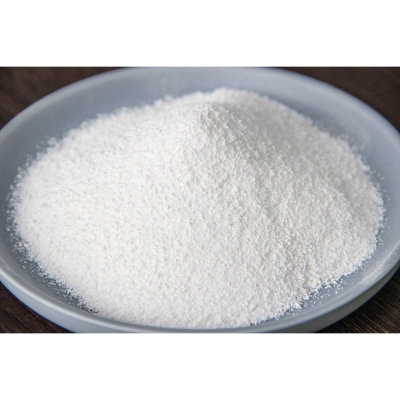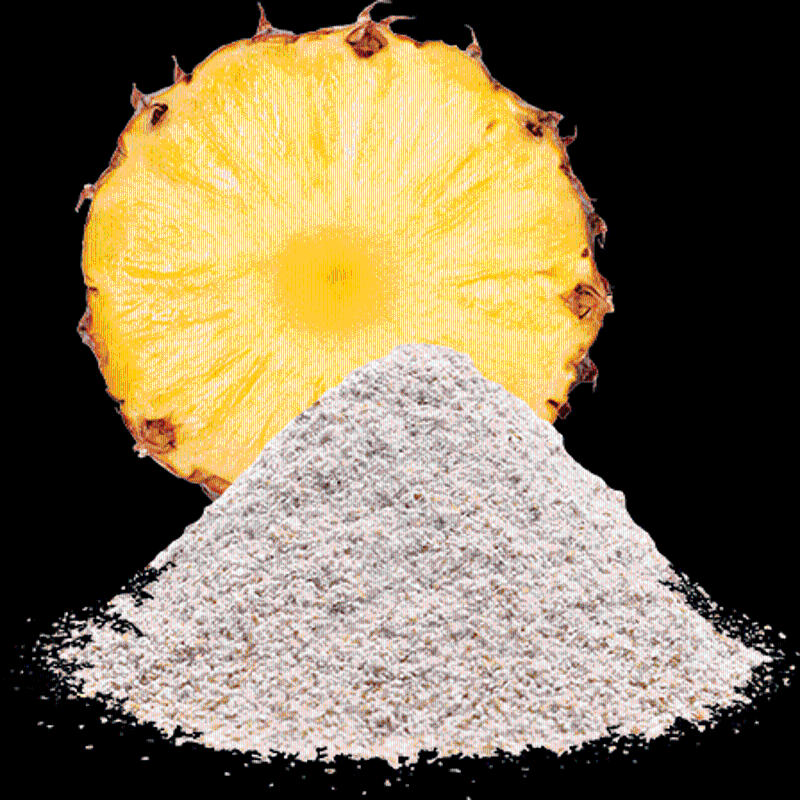-
Categories
-
Pharmaceutical Intermediates
-
Active Pharmaceutical Ingredients
-
Food Additives
- Industrial Coatings
- Agrochemicals
- Dyes and Pigments
- Surfactant
- Flavors and Fragrances
- Chemical Reagents
- Catalyst and Auxiliary
- Natural Products
- Inorganic Chemistry
-
Organic Chemistry
-
Biochemical Engineering
- Analytical Chemistry
-
Cosmetic Ingredient
- Water Treatment Chemical
-
Pharmaceutical Intermediates
Promotion
ECHEMI Mall
Wholesale
Weekly Price
Exhibition
News
-
Trade Service
Roast duck is a favorite food of many people.
However, recently, the statement that "roast duck can reduce cancer mortality" has been forwarded a lot, and many news and media have commented and explained it
It’s just that most of the articles are relatively simple, what is red yeast rice? Where is red yeast rice used other than roast duck? How did the news that roast duck fight cancer came out.
1.
Qu is a method in traditional Chinese medicine, and it is also the most time-consuming process
Source"Materia Medica China"
For red yeast rice, there are many introductions in ancient medicine
The research on modern red yeast rice started in Japan
Later, scholars in the United States, Japan, France, Germany, Belgium and China carried out a lot of research on functional red yeast rice, and found that in addition to monacolin-K, red yeast rice fermentation also includes saponins, flavonoids, etc.
After a period of time, another experimental study found that red yeast rice can reduce the risk of cancer death.
Although the medicinal value of red yeast rice has been recognized by ancient and modern times, the standardization of the fermentation production of red yeast rice is insufficient, and the process is very different.
We can briefly understand the process of making red yeast rice in the ancient method and feel the difficulty of this process
Source"Materia Medica China: The ancient production process of red yeast rice"
2.
In addition to the consideration of medicinal value, red yeast rice is also added in many meat processing processes as a special coloring agent, so what is the difference between it and other coloring agents?
The pigment proteins of meat are myoglobin (Mb) and hemoglobin (Hb).
SourceNetEase
Of course, the color change is also related to the pH value of meat, temperature, ultraviolet rays, the reducing activity of methemoglobin, etc.
Chinese people pay attention to the color, aroma, taste and shape of their drinks.
In specific applications, cochineal red has a purplish hue, and the color tone of the product limits its application in meat products, and most of them appear in the cosmetics industry; sorghum red and capsicum red have poor thermal stability and are difficult to use in high-temperature meat products.
SourceSee Watermark
In addition, nitrite may be added in meat processing (color protection, inhibiting the growth of Clostridium botulinum), and red yeast rice can replace the role of nitrite to a certain extent, and at the same time has a certain unexpected antibacterial effect.
effect
.
The German Meat Research Center has conducted research on this, and the study shows that adding monascus pigment to cured products can reduce the amount of nitrite added by more than 50%, effectively reducing the occurrence of nitrosamine carcinogens
.
Left side is without nitrite added, right side is meat with nitrite added
SourceSohu
However, things went wrong later
.
In 1995, French scientist Dr.
Philippe.
J Blanc discovered citrinin in red yeast rice, which is a fungal toxin with certain nephrotoxicity and liver toxicity.
Citrinin can also be decomposed to generate more toxic substances
.
After unremitting efforts, there are now more than 3 methods to reduce the production of citrinin
.
Dr.
Bronk tested red yeast rice samples in Zhejiang and Wuhan, China in 1999 and 2001, respectively, and showed that the content of citrinin was lower than the national standard of Japanese red yeast rice of 200ppb and the Chinese standard of 50ppb
.
However, the content of citrinin in red yeast rice samples on the market is not stable.
Although some technologies show that citrinin can be controlled in the production of red yeast rice in China, patients with liver and kidney diseases should still consume it with caution
.
Notice
Red yeast rice cannot be arbitrarily added to food.
There are a few things to pay attention to when using red yeast rice:
1.
The dosage should not be too much, otherwise the taste will be bitter.
You can add a small amount of sugar when using it to remove acid and bitterness;
2.
Red yeast rice is susceptible to moisture.
After being infected by harmful microorganisms, it will gradually become mildewed and clumped with insects.
Therefore, it should be stored in a dry environment.
In a word, don’t take the news that roast duck fights cancer seriously
.
Monacolin-K contained in red yeast rice is a prescription drug, which also means that it should not be eaten casually
.
In addition, many natural foods have anti-cancer ingredients, but low content is a common problem.
No food can replace medicines for treatment.
Roast duck is just a delicacy
.







